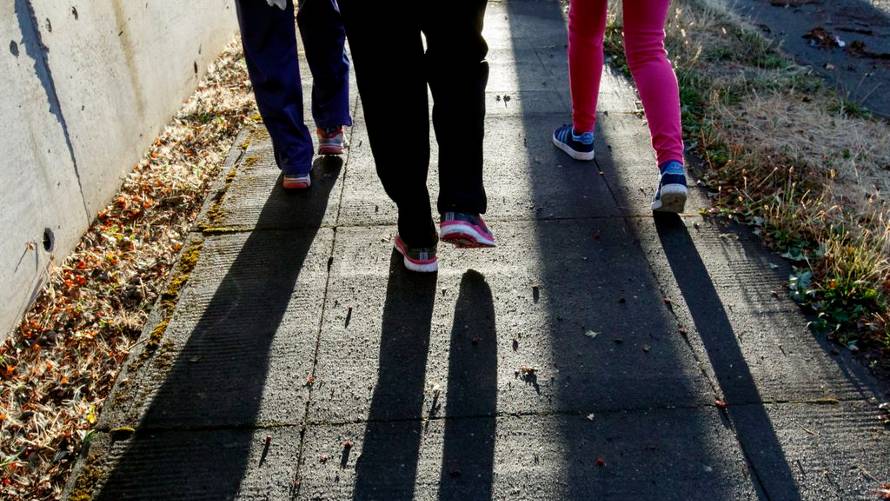An innovative Oregon Health & Science University research program that enlists older Black adults to walk through and reminisce about historically Black neighborhoods in Portland — which now look very different after rapid change through gentrification — may help improve cognitive function, a new study finds.
The OHSU project has gained wide interest since its 2016 launch, with similar versions beginning to take root in Seattle and Oakland, California.
Now, newly published research suggests it may improve brain health in a population that’s disproportionately affected by Alzheimer’s disease. The study, published online in The Gerontologist, reveals that participants not only improved their health and mood, but researchers also measured improvements in cognitive function among those who started the study with mild memory loss.
“Overall, those with memory loss did improve, and the average improvement was statistically significant,” said lead author Raina Croff, Ph.D., associate professor of neurology in the OHSU School of Medicine and an investigator in the OHSU Layton Aging and Alzheimer’s Disease Research Center.
The program involves groups of three participants walking 72 distinct, mile-long routes three times a week over six months.
Croff leads the program, known as Sharing History through Active Reminiscence and Photo-Imagery, or SHARP. It combines the well-known benefits of exercise and social connection with an added component of active reminiscence. The reflections are prompted by memory markers on smart tablets in the form of news clippings, photos, advertisements or artifacts like political campaign buttons.
The sustained routine of walking, reminiscing and socializing appears to make a cumulative impact on health.
“It’s hard to separate,” Croff said. “It wouldn’t be successful if they weren’t walking both in community and in the community. People have tried regular walking on their own and haven’t sustained it.”
Some participants have reported remembrances as triggering, especially in historically Black neighborhoods in North and Northeast Portland. Starting with the construction of Interstate 5 and continuing through displacement of longtime families through gentrification, participants recollected a community riven by change.
“There is pain, yes,” Croff said. “But it’s a shared pain and a pain they’re walking through together, both metaphorically and literally.”
In fact, almost all participants in the study reported that their mood had improved both immediately after their walks and at the conclusion of the study period.
Clinical trial participants benefited from connecting directly with individuals in a location that has deep historical and cultural resonance to their broader community, Croff said. Those kinds of connections are not only frayed by gentrification of historic Black neighborhoods, but also by larger societal forces in which many people work remotely and chatting with neighbors has been usurped by the allure of screens.
Croff said the new study shows the benefit of sustained social and cultural connection — both to the health of individuals and the broader community.
“I think humans are always going to want to connect,” she said. “We’ll always have a need and a desire to connect face-to-face with people and be connected at least in some level to our physical environment.”
This work was supported by a grant from the Alzheimer’s Association (AARGD-17-44365); National Institute on Aging of the National Institutes of Health under award numbers P30AG024978, P30AG066518, and P30AG008017); Cooperative Agreement Number U48DP005006 from the Centers for Disease Control and Prevention; and the National Center for Advancing Translational Sciences of the National Institutes of Health, through Grant KL2TR002370. The content is solely the responsibility of the authors and does not necessarily represent the official views of the NIH, Centers for Disease Control and Prevention, or the Department of Health and Human Services.


